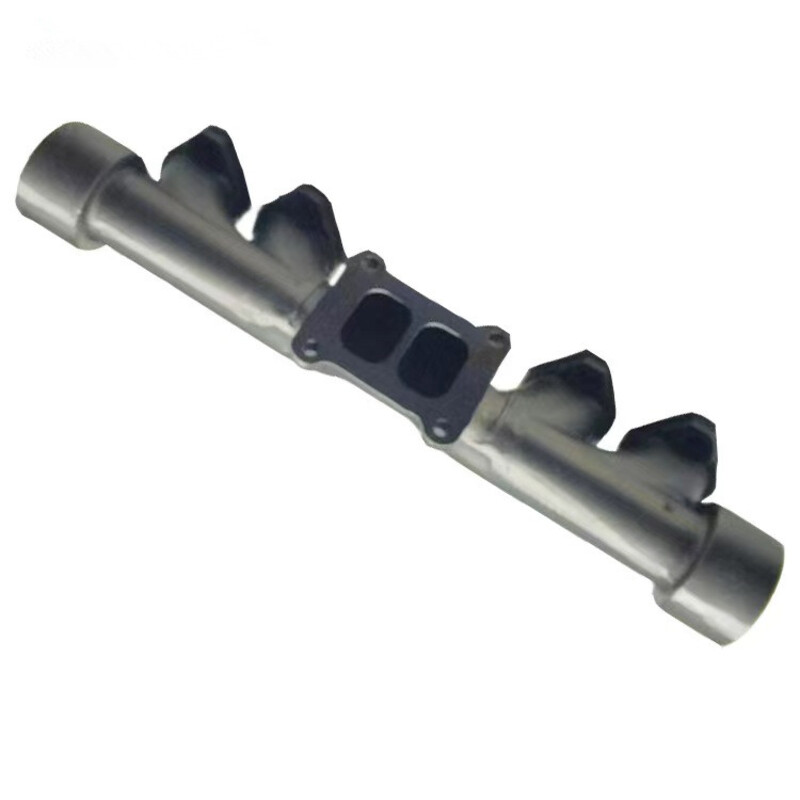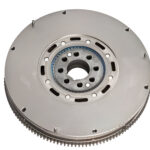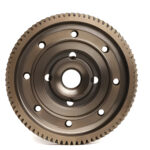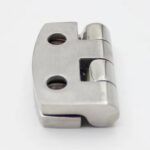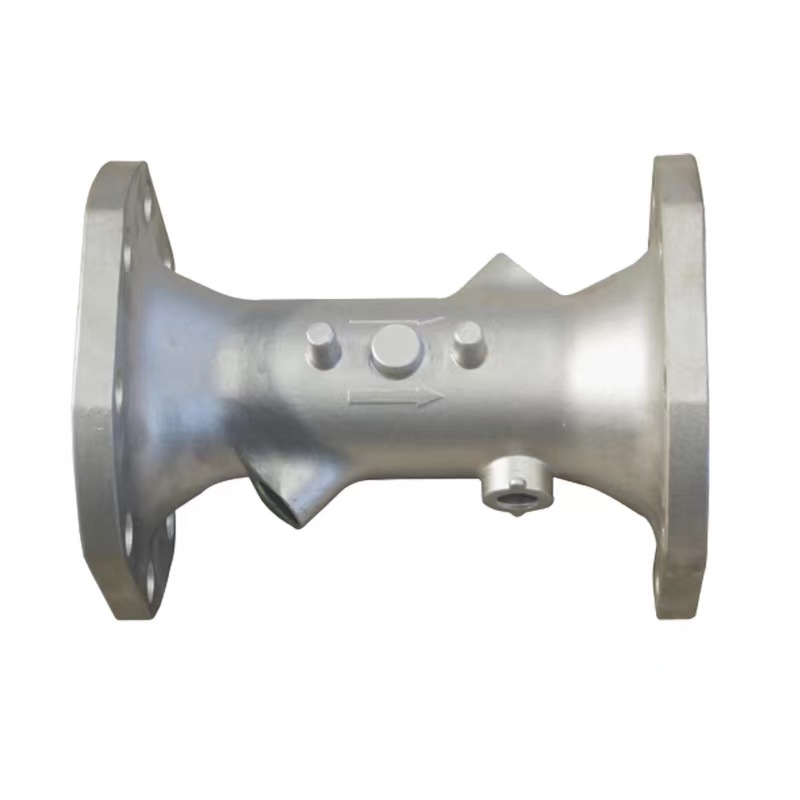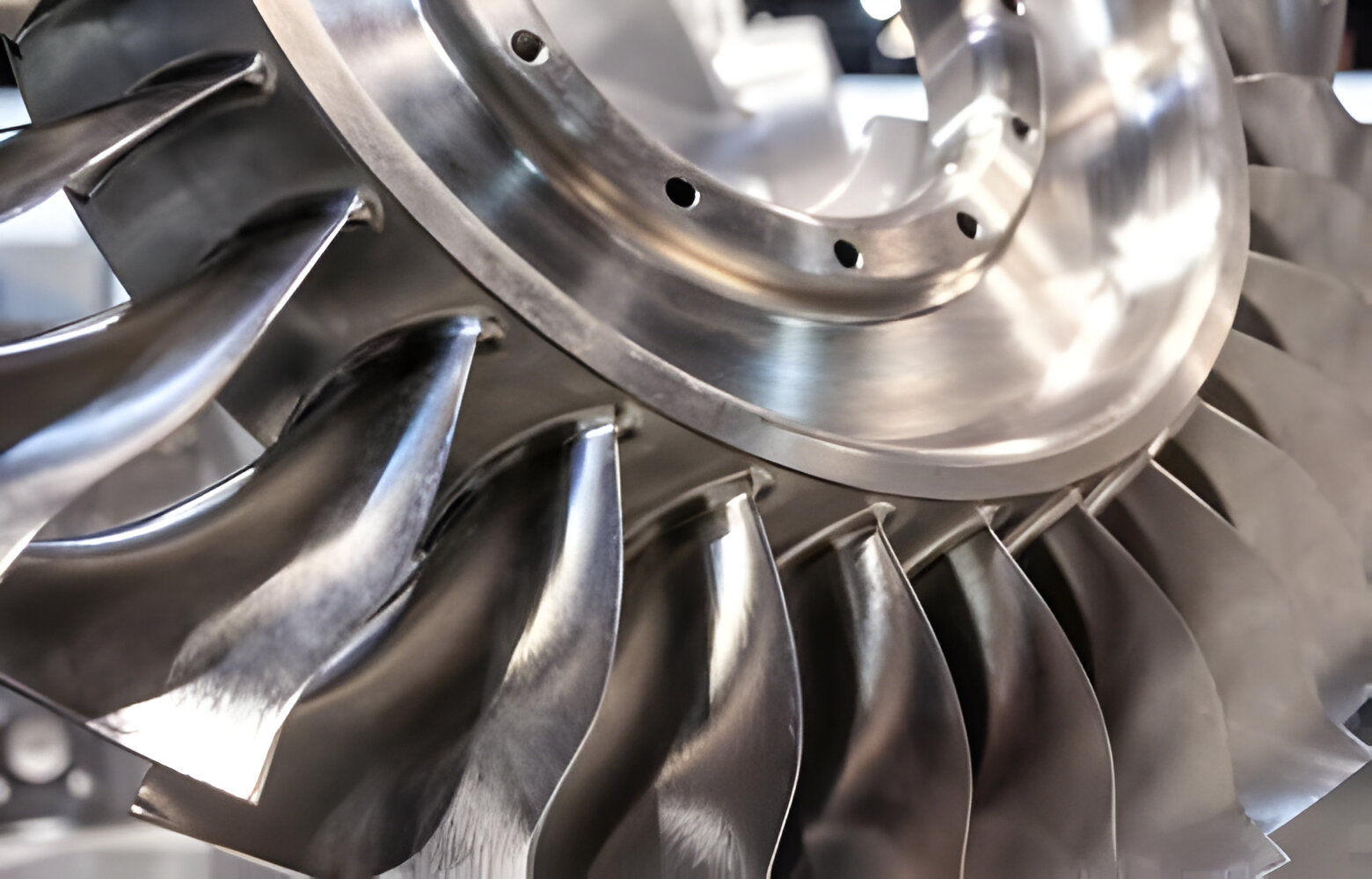When it comes to enhancing vehicle performance, the choice between cast iron exhaust manifolds and headers is crucial. Each has its advantages, tailored for different performance needs and vehicle types. This article explores the characteristics, benefits, and applications of these crucial engine components, focusing on cast iron and stainless steel options, including the expertise in sand casting exhaust manifolds offered by leading manufacturers.
Cast Iron Exhaust Manifolds: Durability and Cost-Effectiveness
Cast iron exhaust manifolds are renowned for their durability and heat retention properties. Made typically through sand casting, a process where sand is used to form the mold into which molfd tal is poured, these manifolds are robust and provide excellent service under harsh conditions. Sand casting allows for intricate shapes, making it possible to design manifolds that optimize the flow of exhaust gases with minimal manufacturing costs.
The inherent properties of cast iron, such as resistance to warping and cracking under high temperatures, make these manifolds a preferred choice for standard road vehicles that require reliability over long periods. Additionally, cast iron's sound-dampening qualities make for a quieter ride compared to other materials.
Stainless Steel Manifolds and Headers: High Performance and Corrosion Resistance
Stainless steel options, including stainless steel exhaust manifolds and stainless steel turbo manifolds, cater to a more performance-oriented audience. Stainless steel provides exceptional resistance to corrosion and can handle higher temperatures than cast iron. This makes stainless steel headers ideal for racing applications and high-performance vehicles where maximizing exhaust flow and reducing backpressure is crucial.
Manufacturers specializing in stainless steel exhaust components often employ advanced production techniques such as precision casting or welding to ensure high quality and performance consistency. These components are particularly popular among enthusiasts looking to enhance their vehicle's horsepower and torque.
Comparing Cast Iron and Stainless Steel
Choosing between cast iron and stainless steel depends largely on the vehicle’s use and the owner's priorities. Cast iron is cost-effective and durable, making it suitable for everyday vehicles that do not undergo extreme conditions. On the other hand, stainless steel is preferable for high-performance or racing vehicles due to its ability to withstand high temperatures and its superior corrosion resistance.
Why Choose Our Products?
At KT Foundry, we specialize in both sand casting exhaust manifolds and crafting high-grade stainless steel turbo manifolds. Our expertise ensures that each product not only meets the highest standards of quality but also addresses the specific performance needs of our customers. We provide detailed product specifications, performance data, and support to help our clients make informed decisions.
We invite potential clients to contact us through our website to learn more about our products and how they can enhance vehicle performance. Our team is ready to assist with any inquiries and provide tailored solutions that match your automotive needs.
Whether you're choosing a cast iron exhaust manifold for its durability and cost-effectiveness or a stainless steel header for its performance and corrosion resistance, understanding the advantages of each can significantly impact your vehicle’s performance and longevity. Visit KT Foundry for top-notch products and expert advice tailored to your automotive requirements.

